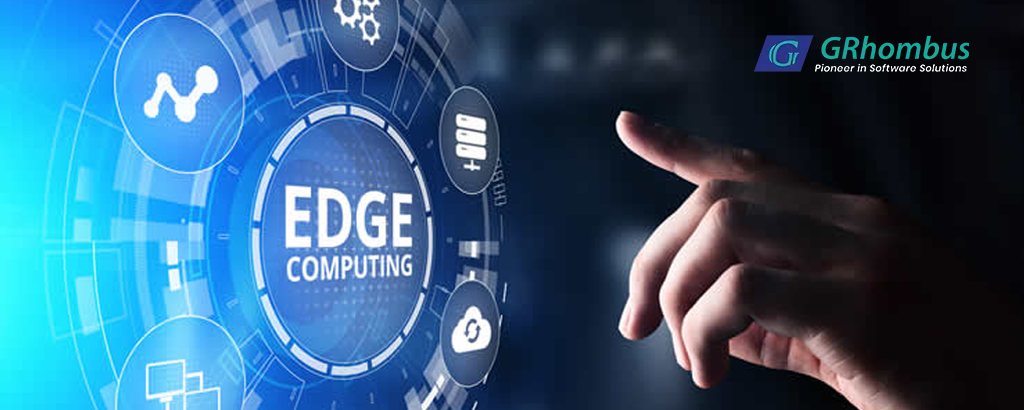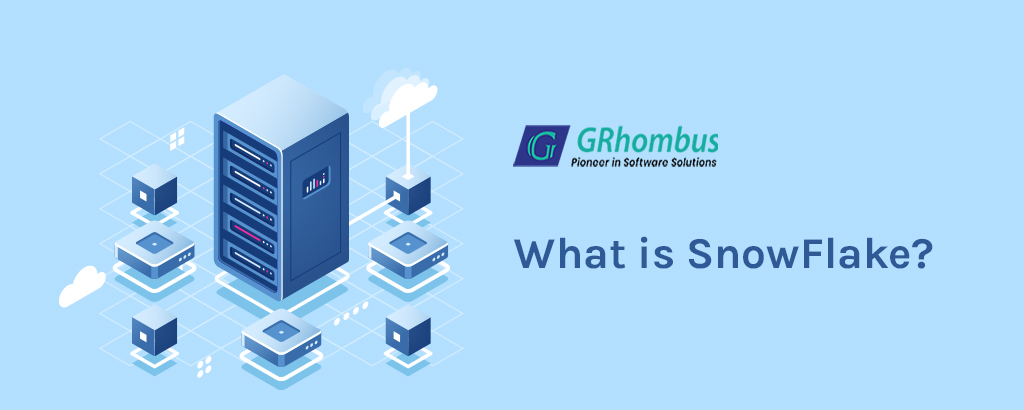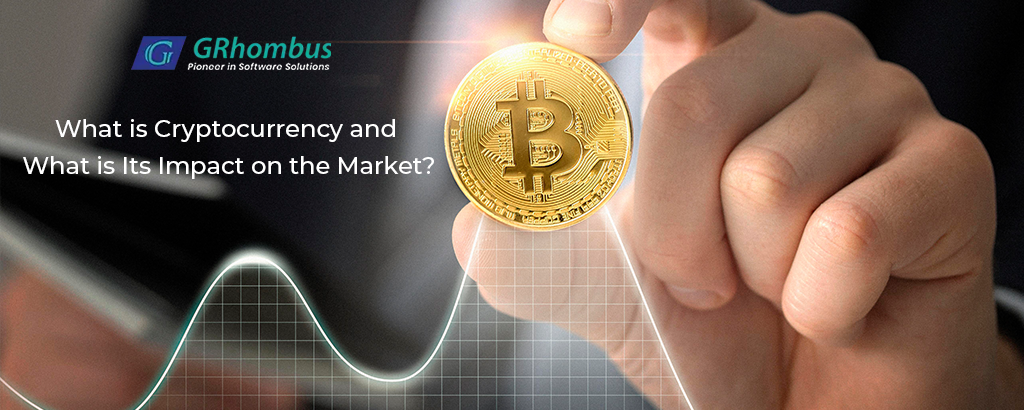Edge computing is a distributed computing paradigm that brings computation and data storage closer to the location where it is needed, to improve response times and save bandwidth. It’s designed to help solve the problems that arise from the centralization of data processing and storage in cloud computing. Some of the latest applications of edge computing include the following.
1. IOT
Internet of Things (IoT) can use edge computing extensively. Edge computing can process data from IoT devices in real-time, allowing for faster response times. This is particularly useful in industrial IoT settings where immediate data analysis can improve operational efficiency. Some examples include setting the pressure for steam generation in a boiler. As the quality of the fuel keeps on changing, the calorific value will be affected and thus the heat output will vary. By controlling this variable closely and at a very micro level, not only can peak efficiency in steam production be achieved, but also the fuel throughput can be made optimum.
2. Autonomous Vehicles
Self-driving cars generate a massive amount of data that needs to be processed quickly for the vehicle to operate safely. Imagine driving on a highway autonomously at high speed and stray cattle comes in the way out of a corner. Such challenges can be solved easily as edge computing allows for this data to be processed in the vehicle itself, reducing latency.
3. Smart Cities
In smart cities, edge computing can help process data from various sensors and devices in real-time, improving the efficiency of city services and reducing data transmission costs. For example, edge computing can help in traffic monitoring and real-time analysis of video. It can help optimize traffic, reduce the amount of data that travels to the cloud. It is more fault tolerant than a centralized system.
4. Content Delivery and Streaming:
Edge computing can be used to cache content closer to the user, improving the speed and reliability of content delivery and streaming services. This means that even if the user is having bandwidth issues, high quality video can be played on the user’s device. This can also be extended to applications in telecom.
5. Healthcare
In mission critical healthcare applications like remote surgery and real-time health monitoring, edge computing can be a boon since there is no latency involved. Privacy and data security is ensured since the data is more localized and this helps in complying with strict data regulation guidelines that arise when handling the data. Further, many IoT devises can be connected in real time and used simultaneously since data bandwidth consumption is very less.
6. Augmented Reality (AR) and Virtual Reality (VR)
AR and VR applications require low latency to provide a smooth user experience. Edge computing can process data closer to the user, reducing latency and improving the user experience. AR and VR in turn can be applied to a large spectrum of areas right from medical and education to retail and banking.
Why Grhombustech?
GRhombustech is a leader in offering Edtech solutions and is among the leading software development companies in UK. We take pride in delivering custom and best-fit solutions. Perceptive and collaborative, we offer an exceptional experience at every engagement touchpoint.
Apart from Edtech, we are also among the leading cyber security companies in UK. Established in 2014, GRhombustech has delivery centres in India at Hyderabad, Chennai and Bengaluru along with partner offices located in the USA and the Netherlands. For additional details, please contact us.



